Gurus and the Law
After more than twenty years studying contemporary gurus and guru movements, I began to realize that one of the only things that many of them have in common is allegations of criminality. I also found that scholars rarely discussed such matters, in their books or in their classrooms. As a result, most of the literature on criminal or abusive behavior in guru-led communities emerges from ex-devotees and those who wish to condemn gurus by writing exposés detailing their improprieties. In contrast, this project takes a long historical view (1770s - present) and engages a series of events wherein gurus confronted common law, and when their actions were deemed criminal by the courts. This book-length project begins with the fakir and sannyasi rebellions in the late eighteenth century, during which militarized ascetics fought the British for rights revenue collection and set the stage for future contestations of between religious and state authority. I argue that through these direct military conflicts, the ascetic becomes effectively criminalized and perceived by the state as a potential threat. In the early nineteenth century, the notion of the guru and his band of ascetics as a criminal threat to law and order takes on increased importance during the persecution of Thugs, and the campaigns against Thuggee. British interventions against the Thuggee, guided by the criminalization of religion is the site of the second chapter. The following two chapters engage with two Victorian era cases of famed guru trials: the Maharaj Libel Case (1862) and Elokeshi (1873). These trials have been well rehearsed elsewhere, but my engagement with them highlights the continued contestations between state and religious authority, as well as the sudden arrival of sex and sexuality as a site of guru criminality. The following two chapters showcase two famous trials from the early 20th century, where the guru is identified clearly as enemy of the state. Returning to eighteenth century themes of rebellion, anarchy, and indigenous nationalism, the next two chapters analyze the trials and imprisonment of Aurobindo (1909-10) and Mahatma Gandhi (intermittently imprisoned 1908-1944). There, most focally, the guru becomes a personage of resistance, a site symbolic of indigenous knowledge, and a nationalist hero. In several chapters, the book then concludes with the post-Independence twentieth and twenty-first centuries, analyzing the numerous instances of gurus on trial and in prison (Bhagwan Rajneesh/Osho, Swami Nithyananda, Asaram Bapu, Gurmeet Ram Rahim Singh, Pilot Baba, Computer Baba, Rampal, Kirtanananda Swami). In highlighting the litany of criminal cases of the twentieth century, this book aims to better understand how these criminalized gurus continue to be regarded as nationalist heroes and divine spiritual leaders, despite their criminal convictions.
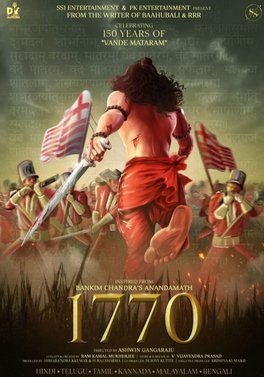
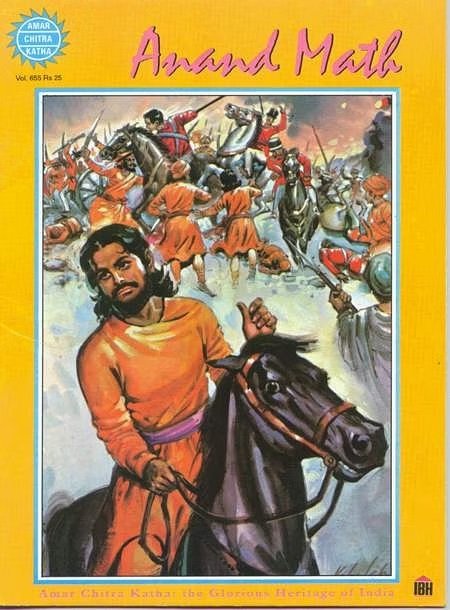
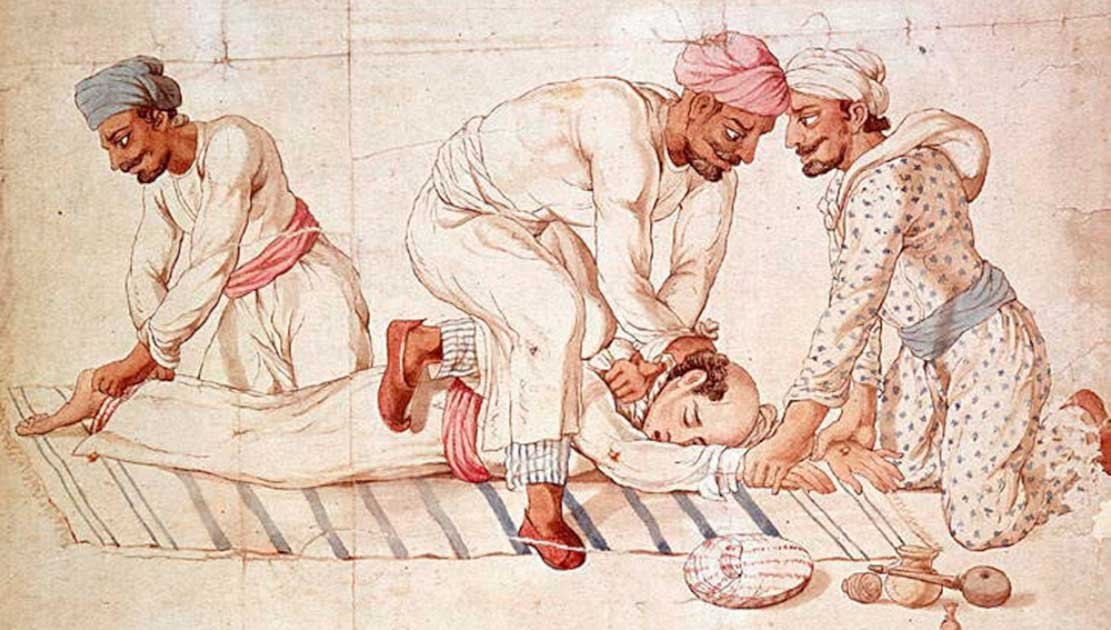
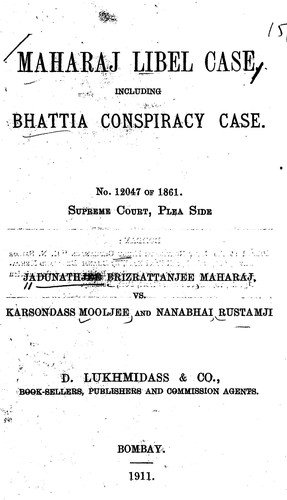
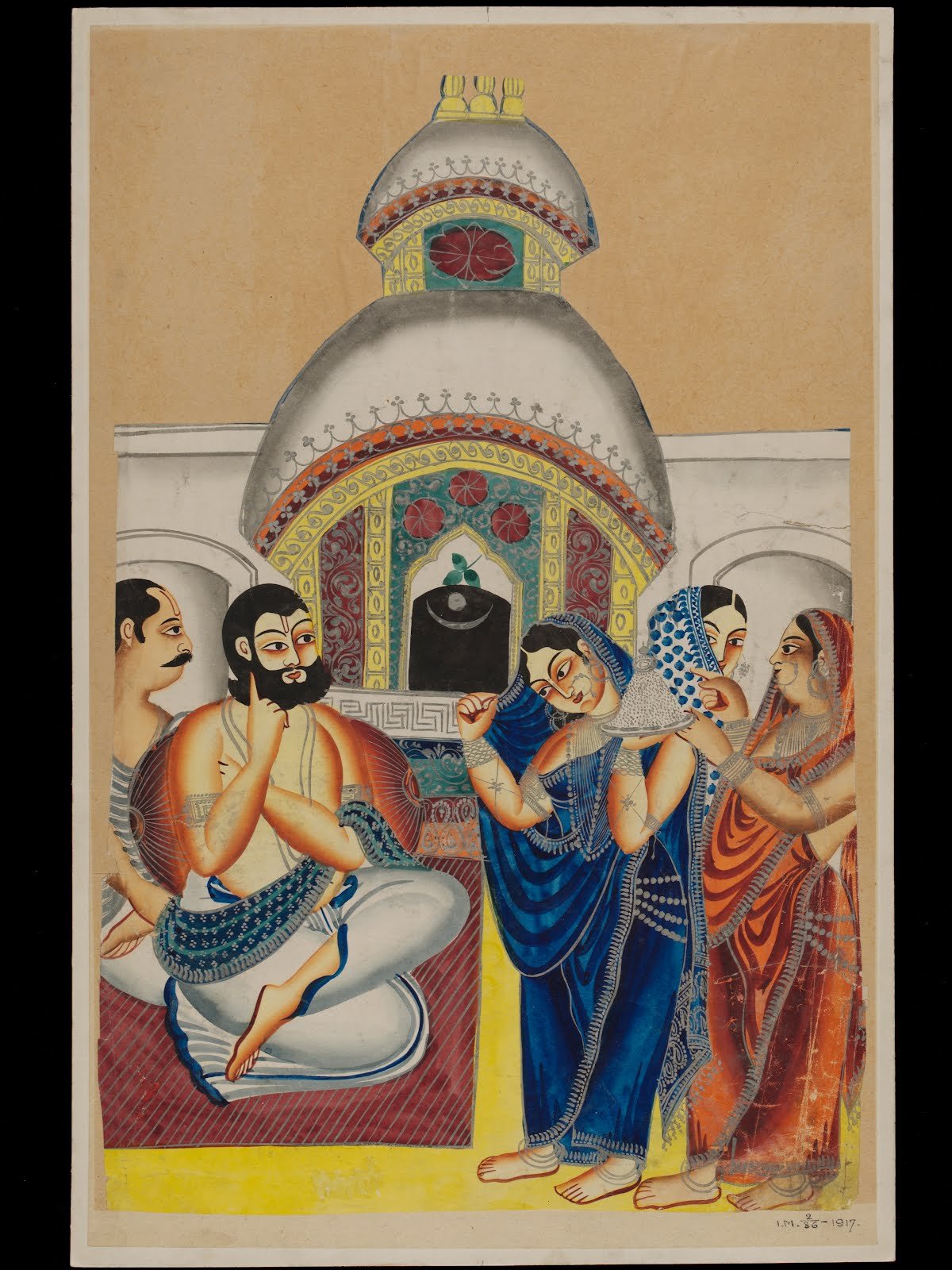
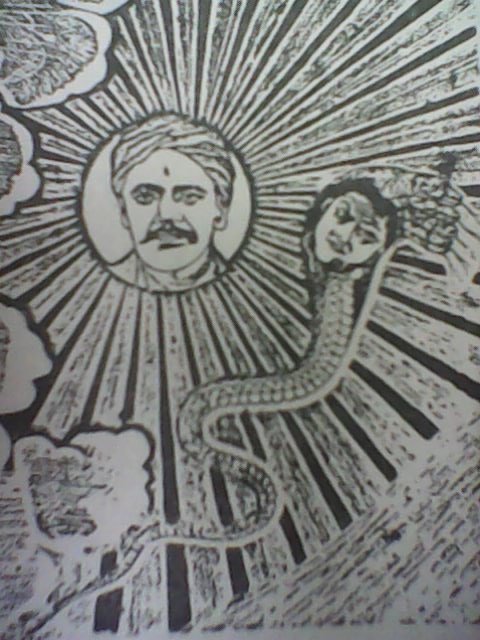
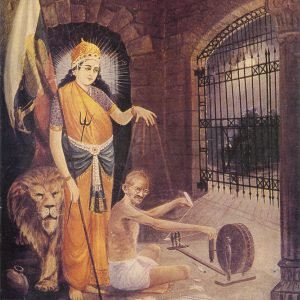

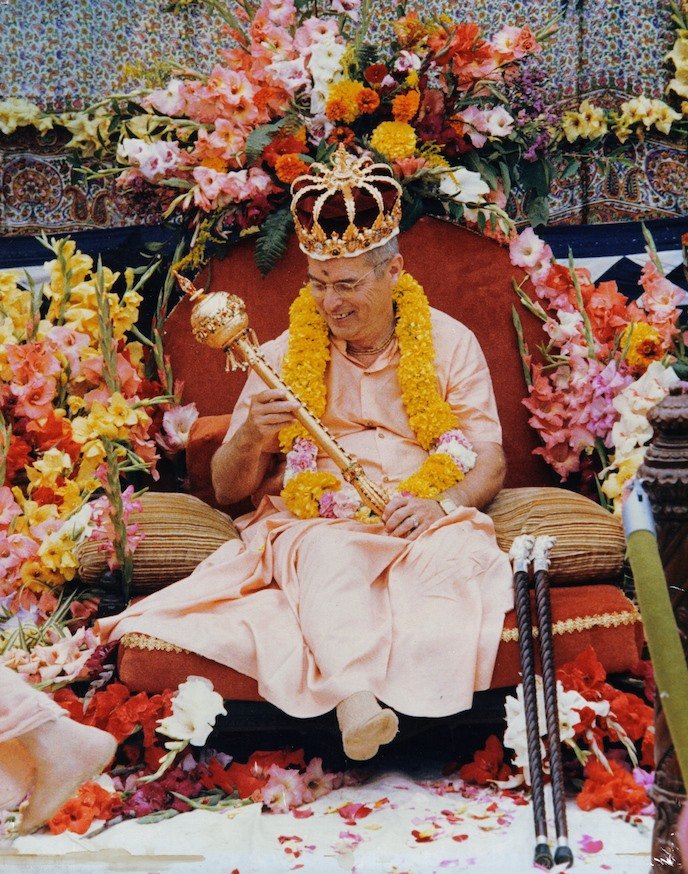



Gurus and criminality is a taboo topic. Even approaching it through scholarship runs risks: the potential to reinforce Orientalist narratives, to silence survivors, to perpetuate false claims. Still, the ubiquity of allegations warrants scholarly inquiry and response. For those reading who have personal experience with such matters, first and foremost, seek help, and if you would like to contribute to this developing research project, please contact me.
In relation to gurus and criminal allegations (sometimes including sexual abuse), I published the following related articles:
Lucia, Amanda. “Criminality, Globality and the Tactics of Reterritorialization: New Flight Paths for Pilot Baba." In Born Again Selves: New Religious Movements and the Norms of Belief, edited by Martin Fuchs and Sanjay Srivastava, in press.
Lucia, Amanda. “The Guru and His ‘Invading Army’: Nativist Constructions of Osho’s Rajneeshpuram in ‘Wild Wild Country,’ In Mythologizing and South Asian Religions, Literatures and Films, edited by Diana Dimitrova, in press.
Lucia, Amanda. 2023. “Flooding the Web: Absence-Presence and the Media Strategies of Nithyananda’s Digital Empire,” pp. 271-297. In Gurus and Media: Sound, Image, Machine, Text and the Digital, edited by Jacob Copeman, Arkotong Longkumer, and Koonal Duggal. London: KCL Press.
Lucia, Amanda. 2021. “Manufacturing Consent: Creating Hierarchies in the Guru-Disciple Relationship.” Sacred Matters: Religious Currents in Culture. April 4.
Lucia, Amanda 2020. “The Hindu Guru-Disciple Relationship and the Complications of Consent” The Revealer, March, Special Issue: Religion and Sexual Abuse.
Lucia, Amanda 2018. “Desires for power: sex scandals and their proliferation.” Oxford University Press Blog. December 15.
Lucia, Amanda. 2018. “Guru Sex: Charisma, Proxemic Desire, and the Haptic Logics of the Guru Disciple Relationship.” Journal of the American Academy of Religion. Vol. 86. No. 4: 953-988.
I’ve also given the following related public talks:
2023. “When Should We Listen to Critics?: Scholarly self-reflexivity in controversial research.” Controversial Topics in Research and Teaching. Univ. of Bergen, Norway (May 31/June 1)
2023. “‘Self-styled Godmen’: lineage versus criminality in media discourse,” Spalding Symposium, King’s College London (April 21-23).
2023. “Criminal Bandits and Nationalist Heroes: Ambiguous Gurus in the Discourses of the Sannyasi and Fakir Rebellion,” University of Vienna. (March 31).
2022. “‘Studying Up’ and Academic Complicities,” Panel: On Ethics and Elephants: The Politics Mediating Yoga Studies, Yoga Darśana, Yoga Sādhana (YDYS), Jagiellonian University,
Kraków (May 19).
2022. “Whose Law? Whose Authority?: Questioning the role of law in adjudicating abuse,” Religion & Sexual Abuse Conference, UCR (March 5).
2021. “Defining Discourses: Unpacking Gail Tredwell’s Abuse Allegations against Amma (Mata Amritanandamayi),” Religious Studies Seminar, University of Edinburgh (March 24).
2020. “Consent and Empowerment in the Guru-Disciple Relationship,” Evolution of Yoga Summit, Loyola Marymount University, (March 22) (postponed due to COVID-19)
2018. “Touching God: Charisma, Proxemic Desire, and the Haptic Logics of the Guru Disciple Relationship,” Colloquium, sponsored by Department of Classics and World Religions/Women, Gender, and Sexuality Studies, Ohio University, Athens, OH.
2018. “Celebrity, Scandal, and the Godmen of Modern India.” Conference on the Study of Religions of India, University of California-Davis.
2015. “Feeling Encounters: Understanding the Haptic Logics of Guru Intimacy,” American Academy of Religion, Atlanta, GA.
2015. “An Intimate Connection: Devotional Desires and Guru Physicality,” Gurus: Mapping Spirituality in Contemporary India, South Asian Council Annual Conference, Yale University.
2015. “From Healing to Sex Scandal: Understanding the Haptic Logics of Guru Intimacy,” Society for the Anthropology of Religion, San Diego, CA.
Photo credits: 1st row (L-R), “1770: Ek Sangram” film (2024); “Ananda Math” comic; “Thugs Strangling a Traveller,” Anonymous Indian artist, made for Capt. James Paton, Assistant to the British Resident at Lucknow, 1829-1840, 2nd row (L-R): cover page of the Maharaj Libel Case, published 1911; “Elokeshi meets the Mahant,” lithograph, 1875, V & A Museum; Cartoon illustrating the acquittal of Sri Aurobindo (the sun) and the police (the serpent) published in the Tamil weekly, India, edited by C. Subramania Bharati, the famed Tamil poet from Pondicherry, July 15th, 1909. 3rd row (L-R) “Mahatma Gandhi in Jail,” lithograph published by Dharmic Manufacturing Co., Lahore, c. 1920s? From Neville Tuli, 2002. A Historical Epic: India in the Making, 1757–1950: From Surrender to Revolt, Swaraj to Responsibility. Mumbai: Osian’s; Osho (aka Bhagwan Rajneesh); Kirtanananda Swami; 4th row (L-R): Asaram Bapu, Gurmeet Ram Rahim Singh, Swami Nithyananda.